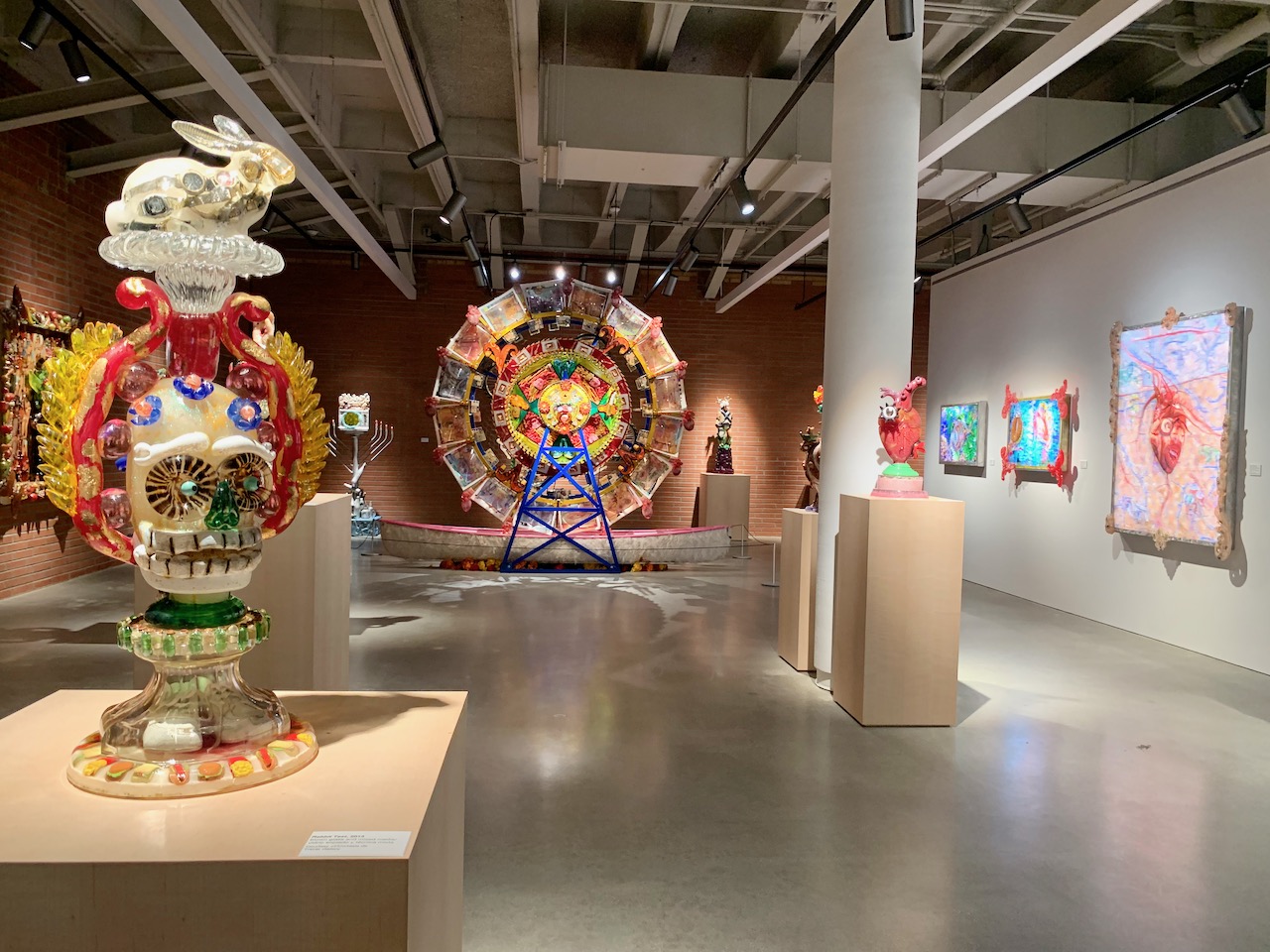Reflection: 6 myths about choosing a college major…
Many graduates in fields perceived as low paying make as much over their lifetimes as those in high-paying fields.
So the university class I’ve taught for 18 years, Visual Thinking: art and innovation, covers a lot of territories. One of its tenants is to focus on Working with Passion. That means, choosing what might be your life’s work based on what people tell you is a big money field, or even choosing based on the fact you’re really good at a particular thing. But they may not lead to fulfillment, happiness, AND it may not even lead to a field in which you financially prosper.
I loved this article from The New York Times about choosing a college major. It dovetails with my belief that more and more students at my university are choosing majors base on what they perceive as safe bets. But look at the chart (below). If that huge decision is based on practical thinking and majoring in something ‘safe,’ which may not interest you much, maybe that doesn’t add up in terms of lifetime earnings.
People at the top of the heap in STEM often do very well. But if you excel, or are even at the 60th percentile in the Humanities, your earnings may not be that different.

Teaching at a good liberal arts college for 18 years, I’ve noticed that it seems to no longer be ‘cool’ to be a Liberal Arts Major, or to remain undeclared for too long. It seems that many students in creative fields hedge their bets by minoring in visual art and majoring in entrepreneurship, for example. Actually, I think those two things go together.
But why the significant tilt toward Management, Marketing, Finance, and Accounting? I assume it has something to do with the $200,000 in tuition for an undergrad degree at LMU. In many cases paid by years of saving and sacrafice by very hard working parents.

And why focus so much on the perfect degree? As the author says:
“Of students who said they felt committed to their major when they arrived on campus, 20 percent had selected a new major by the end of their first year.”
Based on my own college experience, Myth 3 rings true:
Choice of major matters more than choice of college.
Not so, says the author. After all, the better the college, the better the professional network opportunities, through alumni, parents of classmates and eventually classmates themselves.” I went to what is now a globally famous, innovate school for architecture. Thirty-five years later, it’s weird how current jobs link to connections formed so long ago at the Southern California Institute or Architecture. Not only did I have great teachers, and passionate fellow students, but I found the two great mentors in my life, Architect, Coy Howard, and Artist, Alexis Smith. I had my dream job with Coy from age 24-26 and spent years working with Alex on projects in L.A., New York, and Aspen. Great times, and the most valuable learning I’ve experienced.
Myth 4, “Liberal Arts Majors are unemployable,”
is close to my heart. So many valuable, meaningful forms of work require the ability to write and speak with clarity, to synthesize ideas. And one of the most prized skills in any business is creative problem solving, a ‘Right Brain’ skill better developed in an art program, than in a physics lab.
And do you even need a major? Some colleges offer the chance to depart from the official list of majors and work with students to design an optimal program for individuals.
“Majors are artificial and restrictive,”
said Christine Ortiz, a dean at the Massachusetts Institute of Technology on leave to design a new nonprofit university that will have no majors, and also no lectures or classrooms.
James Turrel, one of the most famous artists in the world, created his own combo degree at Pomona College and it’s neighbor, Claremont Graduate University, uniting interests in Perceptual Psychology, Sculpture, and Physics.
2/3’s of college graduates work in fields unrelated to their degree.
My first degree was in architecture. It is a wonderful, holistic creative process combining the rigor of structure with the visual beauty of a well-composed facade. Yes, I still do interior architecture and furniture design, but much of my life is now focused on being a teacher, a career I would have disdained in my youth.
An iconic image of an artist from my youth… Paul Newman as the suddenly successful painter in the film, “What a Way to Go!”

https://www.nytimes.com/2017/11/03/education/edlife/choosing-a-college-major.html













